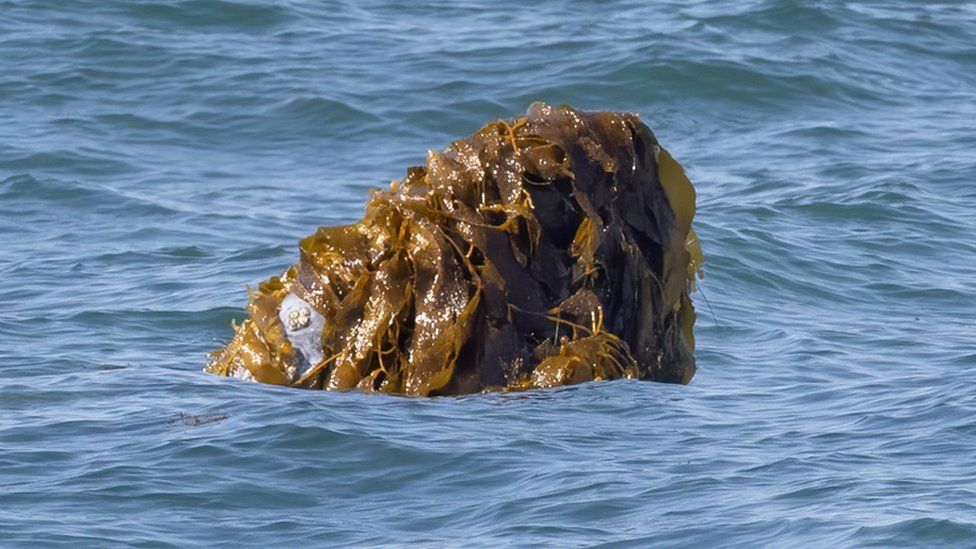-

-
-
Loading

Loading

New research from Australia has found that whales enjoy using seaweed as makeshift toothbrushes. The behavior, known as kelping, was examined by analyzing aerial footage and social media posts of over 160 whale interactions. The study revealed that kelping is not only used for dental hygiene but also as a body scrub and a means of strengthening social bonds. The findings are being hailed as a "global phenomenon" by the researchers. Dr Olaf Meynecke, a research fellow at Griffith University, used various methods such as aerial observations, drone shots, and social media footage to investigate this newly discovered behavior. He discovered that kelping is observed in whales off the coasts of Alaska, mainland USA, Canada, Australia, and French Polynesia. The whales were seen rolling around in the seaweed, with a particular preference for placing it on their heads. This behavior is common among baleen whales, which do not have teeth but instead have a whalebone at the front of their mouths for filter feeding. It is thought that touching the seaweed provides a pleasant sensation for these whales. Dr Meynecke also noted that the whales seemed to engage in kelping as a social activity, sharing kelp patches with other whales. The study highlights the positive impact of seaweed on whale wellbeing and its potential for conservation efforts.